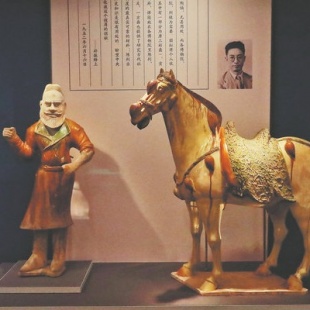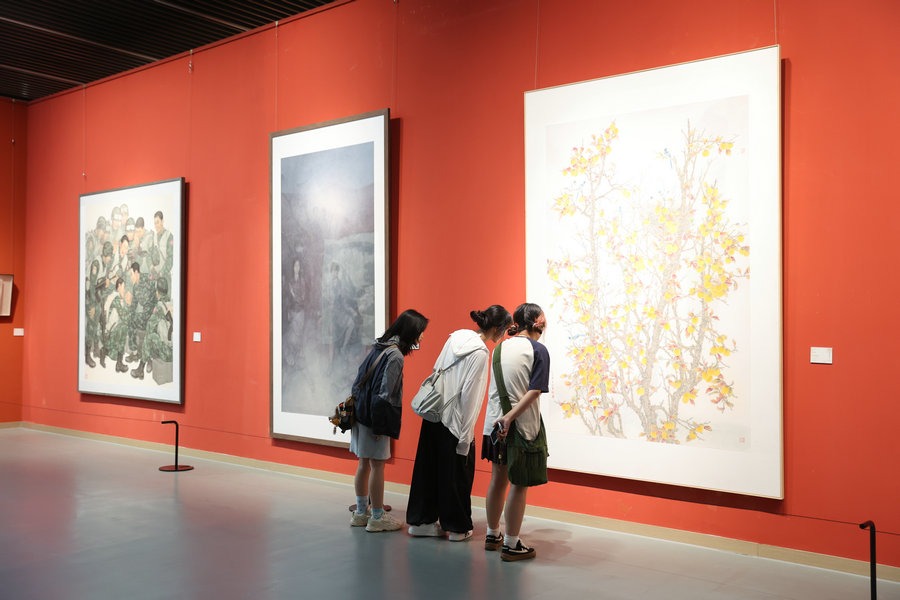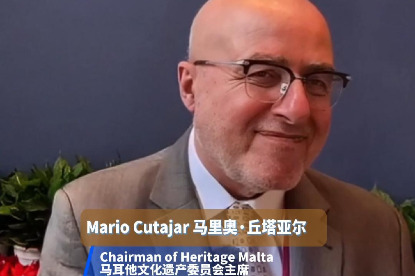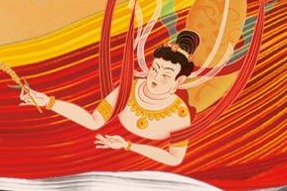Generously donated ancient relics serve as witnesses to nation's legacies

The entire body of the horse is glazed, primarily in white, green and brown hues. Only the front of the saddle blanket is left untouched, creating a mottled effect resembling velvet.
This precious artifact, together with other ceramic figurines, was donated by Zheng Zhenduo (1898-1958), a renowned scholar in literature and the first national cultural heritage administration chief of the People's Republic of China in the 1950s.
"I collect these ceramic figurines, which serve no particular purpose, "Zheng wrote. "However, various museums, especially the Palace Museum, are in urgent need of them. Therefore, I plan to donate my collection to the government so that its relics can be displayed in different museums. This will not only fill the gaps in their collections but also provide the most authentic and reliable materials for the study of ancient social life and costume systems. By exhibiting them, it will be highly beneficial for promoting historical knowledge."
Another exquisite relic, a jade artifact known as a bi for its disc shape, was discovered, believed to be from the Liangzhu culture in the Yangtze River Delta, dating back 4,300 to 5,300 years. When Qing emperor Qianlong received it, he left a hymn on the jade to express his admiration, though this amateur antique appraiser mistook it as having been created during the Han Dynasty (206 BC-AD 220).
The relic disappeared from the palace after the monarchy fell, but was donated in the 1950s by collector Zhang Naiqi (1897-1977), a banker and social activist.





































